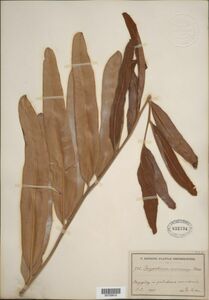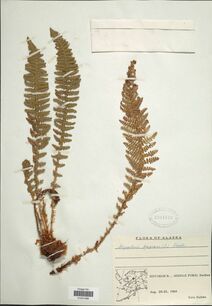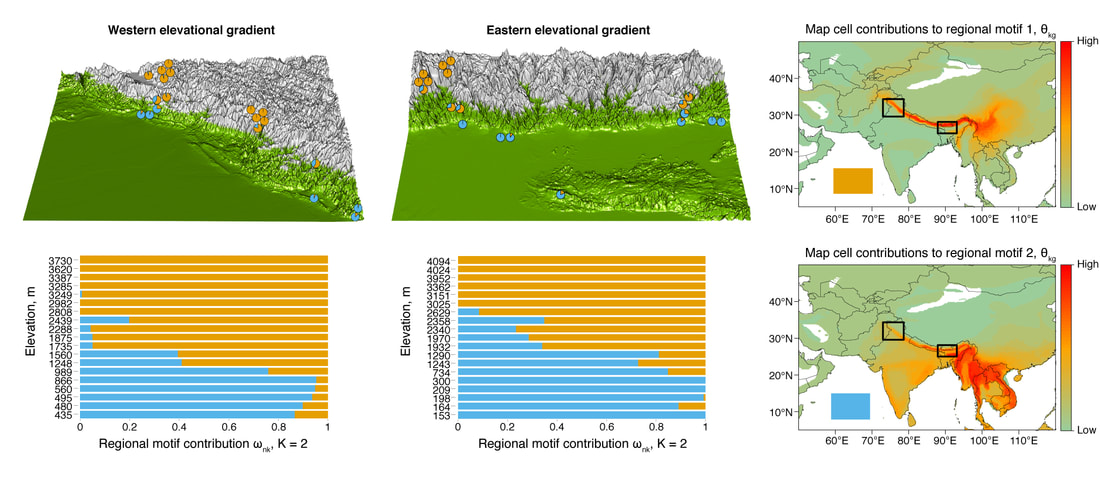Deep learning and morphological diversity in plants
|
Deep learning defines a computational process by which multi-layer neural networks are trained to execute a variety of computational tasks. These are often hierarchical and sequential networks of calculations whereby some quantitative input is propagated and transformed through the network to produce some quantitative output. This output often corresponds to a given class or action in a predefined set of options according to the underlying task. Multi-layer neural networks have been discussed in the academic literature for decades, but attention to deep nets has exploded ever since they were shown to be highly accurate at performing image classification tasks early in this decade. Now deep neural networks and deep learning are being developed and applied to countless tasks, and these methods are generally the underpinning of what is commonly referred to as Artificial Intelligence or AI.
One useful feature of deep nets is the quantification and simplified representation of complex features present in high dimensional data, such as images, genomes, or chemical structures. In my work at the Smithsonian Data Science Lab and the National Museum of Natural History, I am working to exploit this feature of deep nets in order to bring these methods to bear on fundamental questions in ecology and evolution. I am doing this by building and training neural networks using images of the U.S. National Herbarium specimens currently being digitized by the Smithsonian NMNH Department of Botany and the Office of the CIO. To learn more about my post-doctoral research, see my short article in the Plant Press, a Smithsonian NMNH Department of Botany and U.S. National Herbarium quarterly. |
ecostructure: Quantifying ecological structure using grade of membership models
White, A.E., K.K. Dey, D.M. Mohan, M. Stephens, and T.D. Price. 2019. Regional influences on community structure across the tropical-temperate divide. 2019. Nature Communications 10, Article number 2646. https://doi.org/10.1038/s41467-019-10253-6
Topic models (i.e., latent Dirichlet allocation, grade-of-membership, and similar to the admixture model) were originally developed to describe individual text documents as the mixture of thematic topics drawn from a larger collection of text (a corpus). An important feature of the analysis is the basic structure of the data - a document by words matrix where each document is represented by a vector of word abundances. The topic model is used to model the underlying counts distribution of words in each document as a proportional admixture of some latent word abundance distributions. These latent distributions are inferred from the corpus as a whole and are assumed to represent meaningful relationships between words that, when present, confer thematic content. These are the topics.
As applied to community ecology, the relevant sample is the local community (instead of a document) and the counts can include many different features of the community in question. The latent "topics" are therefore underlying associations between species, regions, or functional groups that admix to form local communities. When a number of different local communities are assessed together, this analysis provides insight into the underlying features of biodiversity that not only contribute to the overall system, but also each local community individually. I have been working in collaboration with Kushal Dey to develop methods to study communities using topic models and to quantify the contributions from different components of biodiversity (taxonomic, regional, functional, etc.) to local communities within a given ecological system. These contributions reveal how community assembly operates in the context of multiple historical and evolutionary inputs.
Avian diversity in the Himalayas
|
White, A.E. 2016. Geographical Barriers and Dispersal Propensity Interact to Limit Range Expansions of Himalayan Birds. American Naturalist 188:99-112.
The Himalayas are one of the most diverse regions of bird life in the world, with over 8% of the world's bird species. Species richness is greatest in the eastern Himalayas and declines towards the west, with the most depauperate communities located in the northwestern end of the mountain range. While a current climatic gradient correlates with declining diversity, the historical influence of Pleistocene glacial disturbance in the west is poorly understood and may well affect the modern patterns of diversity. Within this framework, I am broadly interested in the how ecological and evolutionary mechanisms interact to drive local and regional patterns of avian diversity. Part of my dissertation research focuses on the influence of dispersal ability and landscape permeability on the structure of Himalayan bird communities, with the understanding that a species' range limit may be influenced by the interaction between geographical barriers and intrinsic dispersal propensity. |



